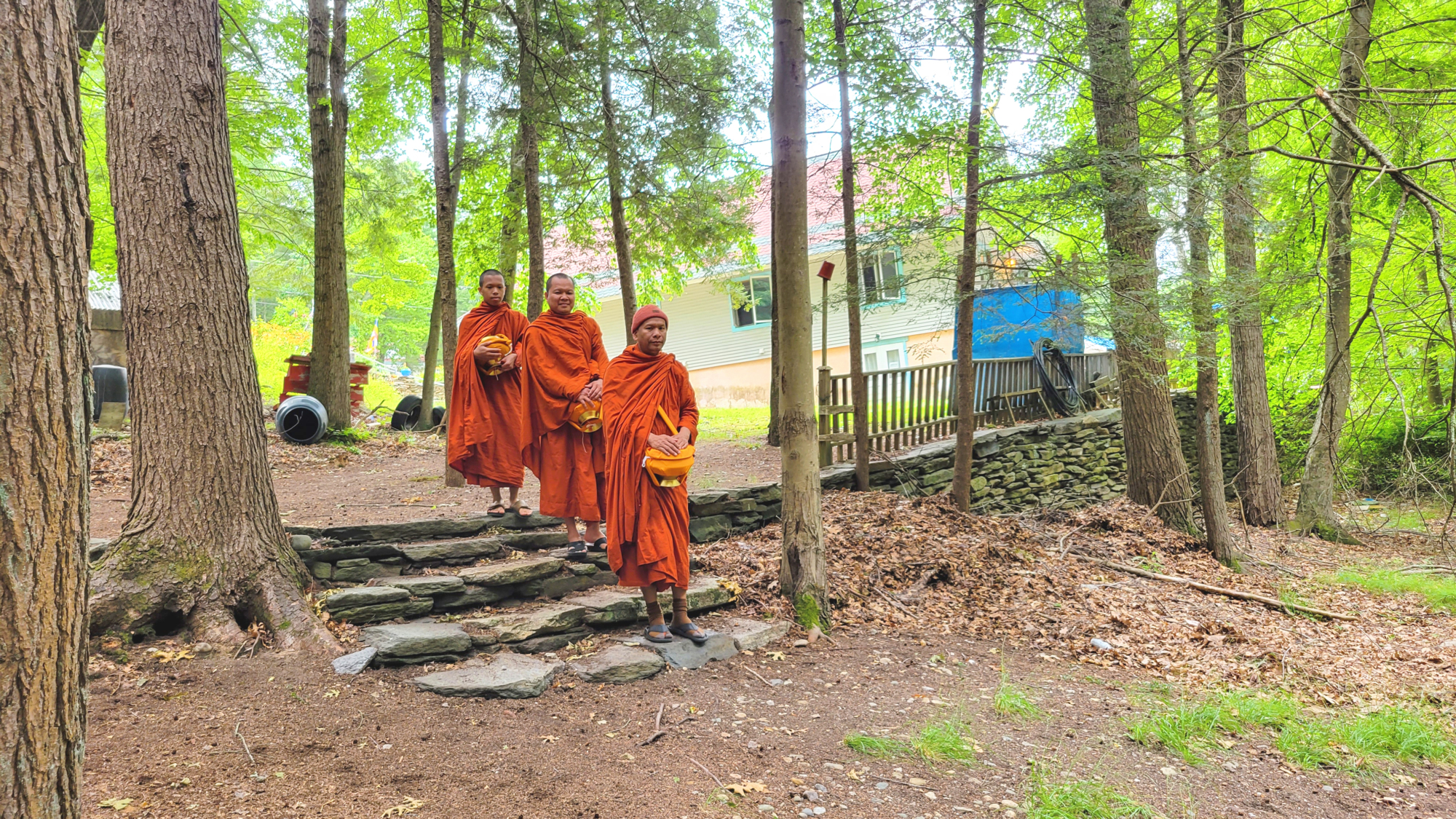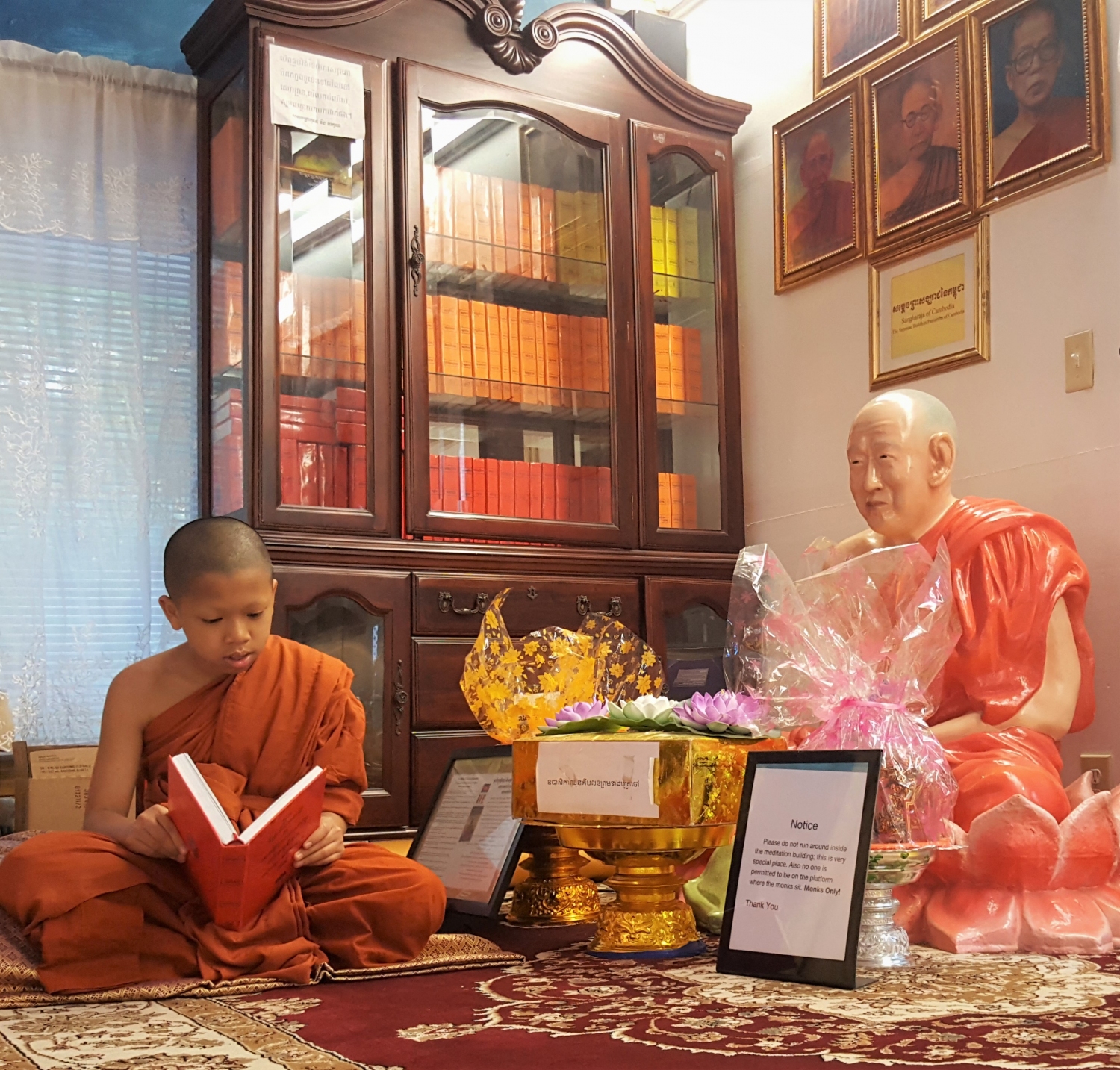The Bhikkhus’ Rules

Bhikkhu Buddha Saddha Vey Ve, Bhikkhu Indajoto and Samanera Ananda at the Kiryvongsa Bopharam Buddhist Temple, the Peace Meditation Center.
The Teaching of the Buddha is concerned with more than intellectual knowledge for it needs to be experienced as truth in one’s own life. The Buddha often called his Teaching the Dhamma-Vinaya and when he passed away he left these as the guide for all of us who followed. As Venerable Thiradhammo writes:
In simple terms we could say that while Dhamma represented the principles of Truth, the Vinaya represented the most efficacious lifestyle for the realization of that Truth. Or, the Vinaya was that way of life which enshrined the principles of Truth in the practicalities of living within the world.” (HS Part 2)
For the bhikkhu, the Vinaya helps to highlight actions and speech, and show up their significance. It brings an awareness of how he is intervening in the world, how he is affecting other people. For better? For worse? With what intention?
Of course, such an awareness is necessary for every human being, not just Buddhist monks. This is why the Buddha bequeathed to us the Five, the Eight and the Ten Precepts — as well as the bhikkhu’s 227 rules of the Paatimokkha. These precepts and rules remain as pertinent today as they were 2,500 years ago for they restore the focus back to the human being, to how actions and words affect individuals and the world. While the particulars may have changed, the fundamentals remain the same. Continue reading







